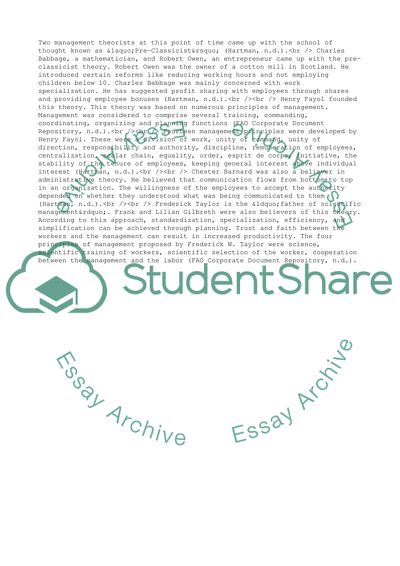Cite this document
(Current Management Practices in Organisations Case Study, n.d.)
Current Management Practices in Organisations Case Study. Retrieved from https://studentshare.org/management/1747238-the-ideas-of-the-classical-theorists-particularly-those-of-bureaucracy-and-scientific-management-are-generally-considered-as-rather-old-fashioned-and-out-of-date-and-of-little-relevance-to-work-and-organisation-today-is-this-the-really-case
Current Management Practices in Organisations Case Study. Retrieved from https://studentshare.org/management/1747238-the-ideas-of-the-classical-theorists-particularly-those-of-bureaucracy-and-scientific-management-are-generally-considered-as-rather-old-fashioned-and-out-of-date-and-of-little-relevance-to-work-and-organisation-today-is-this-the-really-case
(Current Management Practices in Organisations Case Study)
Current Management Practices in Organisations Case Study. https://studentshare.org/management/1747238-the-ideas-of-the-classical-theorists-particularly-those-of-bureaucracy-and-scientific-management-are-generally-considered-as-rather-old-fashioned-and-out-of-date-and-of-little-relevance-to-work-and-organisation-today-is-this-the-really-case.
Current Management Practices in Organisations Case Study. https://studentshare.org/management/1747238-the-ideas-of-the-classical-theorists-particularly-those-of-bureaucracy-and-scientific-management-are-generally-considered-as-rather-old-fashioned-and-out-of-date-and-of-little-relevance-to-work-and-organisation-today-is-this-the-really-case.
“Current Management Practices in Organisations Case Study”. https://studentshare.org/management/1747238-the-ideas-of-the-classical-theorists-particularly-those-of-bureaucracy-and-scientific-management-are-generally-considered-as-rather-old-fashioned-and-out-of-date-and-of-little-relevance-to-work-and-organisation-today-is-this-the-really-case.


